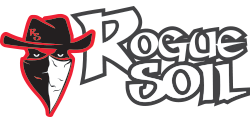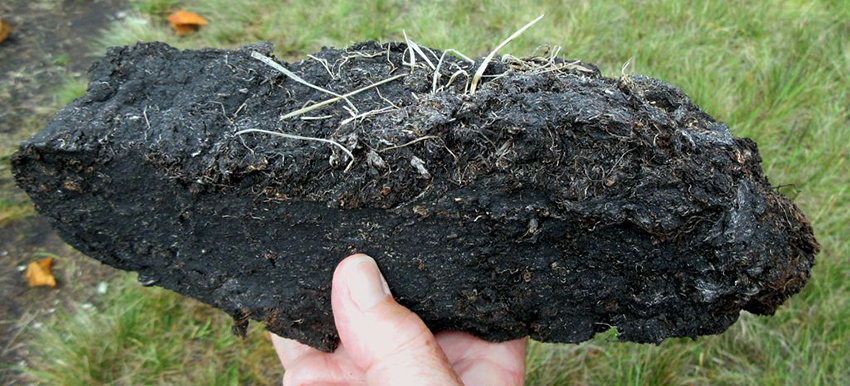Everything You Ever Wanted To Know About Peat
Peat is a type of soil that is formed from the accumulation of partially decomposed plant material in waterlogged conditions. It is an organic soil that is composed of dead plant material such as mosses, sedges, and other wetland vegetation.
Peat forms over long periods of time in areas with high levels of precipitation and low temperatures, such as bogs, fens, and other wetlands. The waterlogged conditions slow down the decomposition of plant material, leading to the accumulation of partially decayed organic matter.
Peat is widely distributed around the world, with large deposits found in Northern Europe, Canada, Russia, and the United States. It is often harvested and used as a fuel source, as well as a horticultural product.
In horticulture, peat is often used as a soil amendment or potting medium, as it is highly absorbent and has good water-holding capacity yet allows for ample drainage.
How Is Peat Used In Soil Blends?
Peat is often used in potting soil because of its desirable physical and chemical properties. Here are some reasons why peat is used in potting soil:
- Good water-holding capacity: Peat has a high water-holding capacity, which means that it can absorb and retain moisture. This can help to prevent soil drying out and ensure that plants have access to water.
- Good aeration: Peat has good porosity, which means that it allows air to circulate in the soil. This can help to prevent waterlogging and ensure that plant roots have access to oxygen.
- Good nutrient-holding capacity: Peat can hold onto nutrients such as nitrogen, phosphorus, and potassium, making them available to plants over time. This can help to improve plant growth and productivity.
- Low pH: Peat has a naturally low pH, which can be beneficial for acid-loving plants such as blueberries, azaleas, and rhododendrons.



